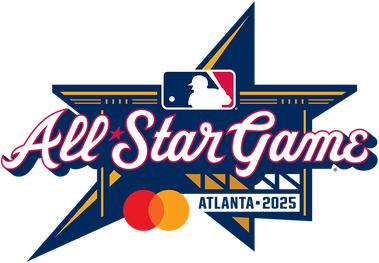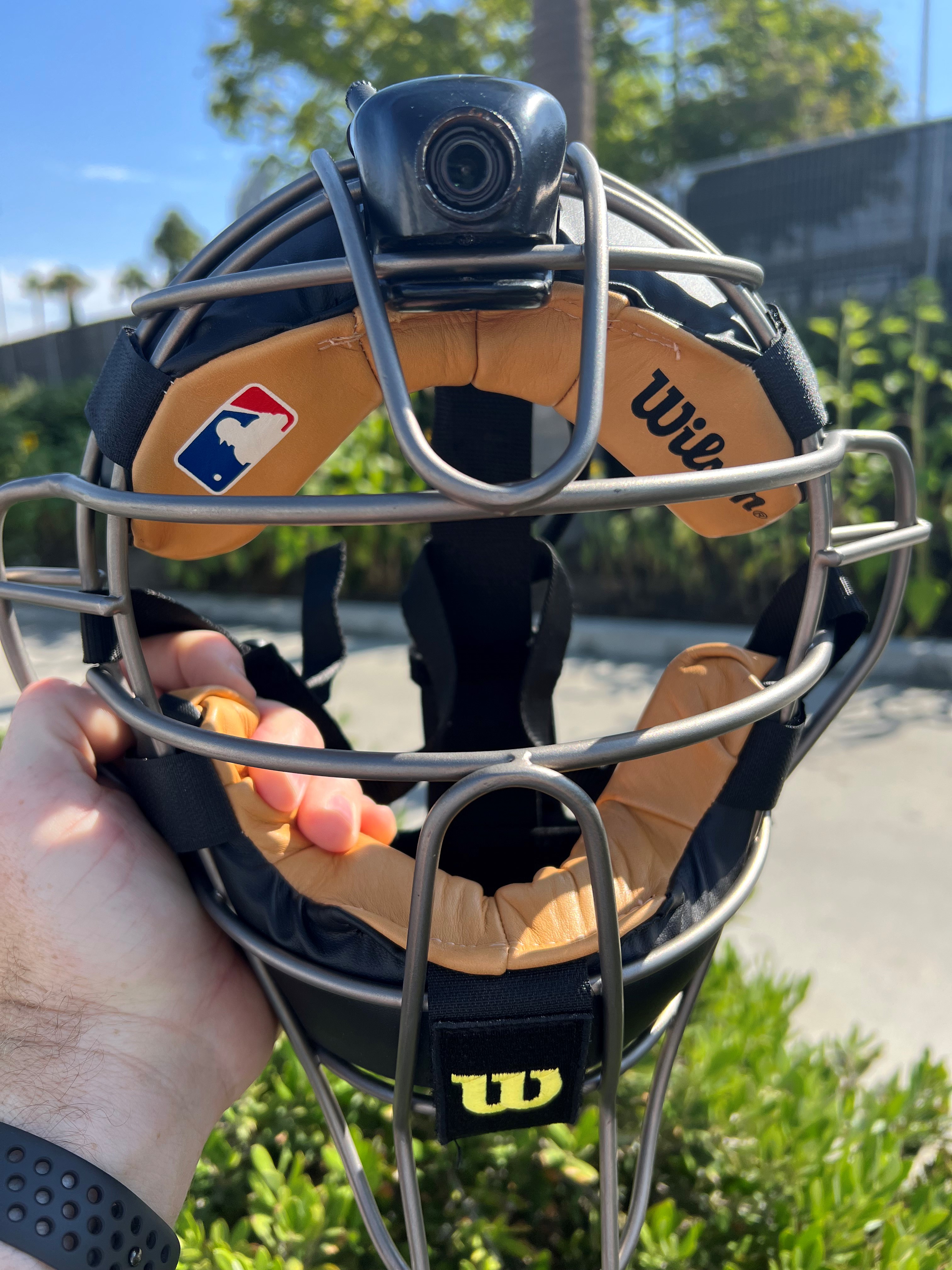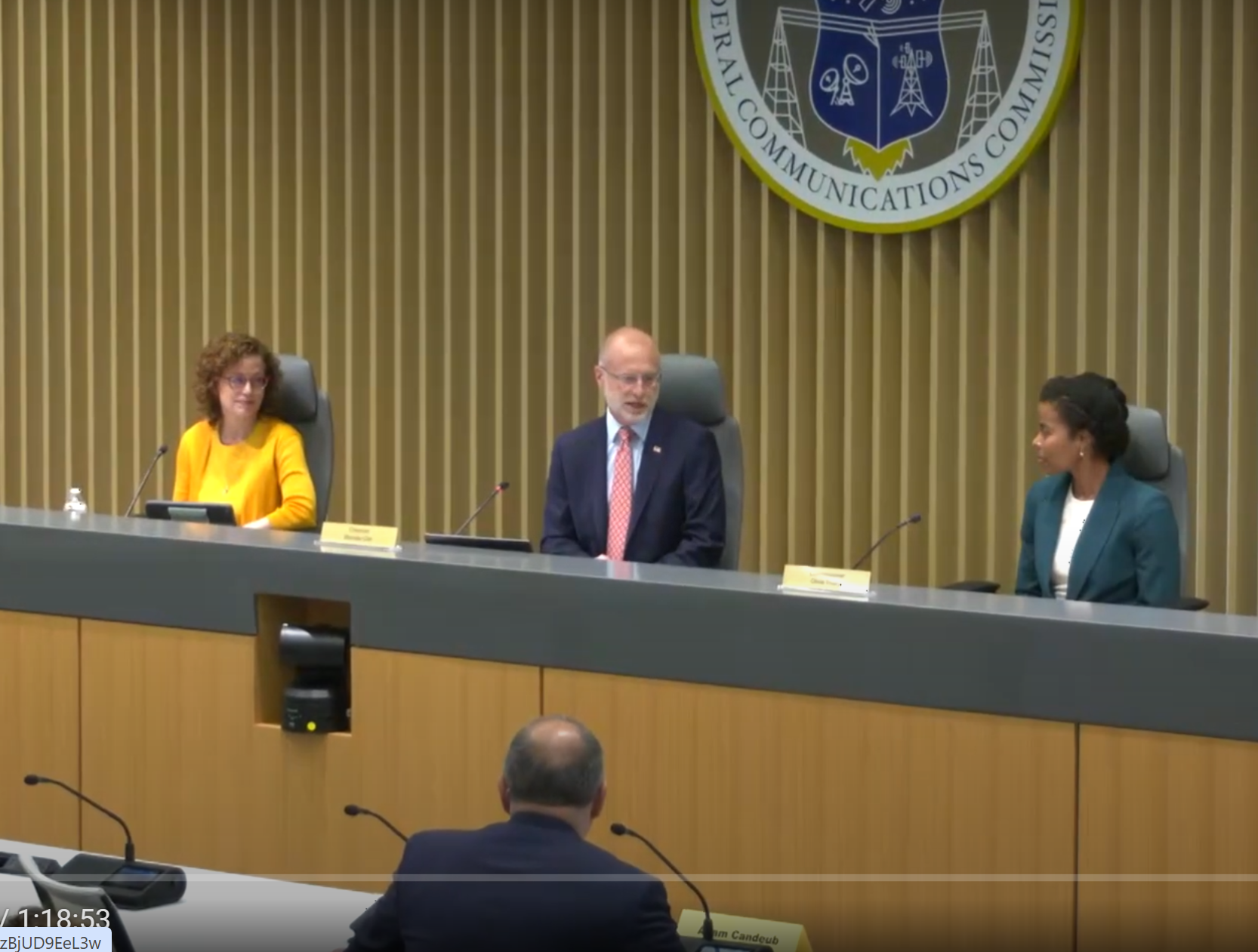Fox Sports to Tap Private 5G Network, Full Ump Crew Cams for MLB All-Star Game
Broadcaster’s audio tech will focus on conversations between the booth and mic’ed players

ATLANTA—Move over Shohei Ohtani. Make way Aaron Judge. Tonight’s 2025 MLB All-Star Game will see a private 5G wireless network emerge as a television production all-star in its own right, contributing numerous wireless camera shots, supporting comms and camera control from in and around Truist Park.
“The amazing part about Atlanta is that it’s not just a ballpark, and it’s not just a ballpark with a big parking lot around it,” Brad Cheney, vice president of field operations and engineering at Fox Sports, said. “It’s a ballpark with an amazing entertainment district [The Battery Atlanta] tied to it. That screams connectivity needs for us.”
(Editor’s note: Fox stations and cable network Fox Deportes will air the 2025 MLB All-Star Game at 8 p.m. ET from Truist Park in Atlanta. Viewers can also stream the game with the Fox Sports app and on Hulu + Live TV, FuboTV, YouTube TV and DirecTV.)
Crowded House
The Battery Atlanta, adjacent to the home of the Atlanta Braves, is a mixed use/entertainment complex with shops, bars and restaurants. Office buildings, apartments and a hotel round out its features—any one of which increases wireless network traffic and together, for an event like the All-Star Game, compounds the wireless network challenge.
“We learned back in 2021 during the World Series that The Battery was popular, and it’s continued to grow ever since from when it was relatively small and new,” he said.
To sidestep any 5G network congestion, Fox Sports is working with Major League Baseball sponsor and technology partner T-Mobile for private 5G wireless network coverage of the entertainment district and ballpark. CP Communications is managing the private 5G network and most conventional RF and wireless comms, he added, noting that the RF connectivity of a handful of specialty cameras being deployed will be managed by their respective vendors.
Fox Sports made big use of 5G for wireless camera contribution on Monday (July 14) during FS1’s “Live at the All-Star Game” show and will again rely on 5G connectivity to contribute shots for tonight’s game to “expand the zone of coverage” to include The Battery and Truist Park, Cheney said.
The professional video industry's #1 source for news, trends and product and tech information. Sign up below.
For the 140 wireless communications packs to be used to produce the game, there was no other practical choice. “There’s really no system large enough out there that’s not cellular-based that can do the amount of wireless audio packs we need for communications—not just for us, but also for Major League Baseball, for ESPN and all of the other rightsholders,” said Cheney.
Production Highpoints
Fox Sports will produce the All-Star Game in 1080p Full-HD HDR. Upscaled 4K HDR streams will be available for connected TVs and living room apps, such as Apple TV, Android TV, Fire TV and Roku devices.
It will deploy 55 cameras, including six Super-Slow Mo cameras, a FlyCam traveling from The Battery Atlanta into the ballpark at home plate along the first base line, a helicopter camera and a drone camera from Beverly Hills Aerials.
A first for All-Star Game coverage, the broadcaster will outfit the entire umpire crew with body-worn cameras. Base umpires will wear MindFly chest cams, while the home plate umpire will wear a third-generation RF Wireless Mask Cam, the broadcaster said.
Managing the color and the look of the Ump Cams and drone camera isn’t simply a matter of tweaking CCU settings, especially given the need to integrate the camera shots seamlessly into the HDR production of the game.
“We’ve spent some time with colorists to make a profile for the drone that takes the SDR and makes the HDR correctly that matches the broadcast cameras as close as possible, obviously, knowing that the lensing is not the same and the sensors are not the same,” said Cheney. “We then use [AJA Video] ColorBoxes [and color controllers from Cyanview] to actually manage that color throughout the game.”
Fox Sports has a history with this color management strategy for specialty cameras, Cheney noted. During the UFL season, Fox Sports made extensive use of Mindfly cameras, and it has been regularly using the third-generation RF Wireless Mask Cam this season since it debuted during the 2024 MLB playoffs.
“It looks spectacular on its own, but when we get the maestros to tweak it up a bit, it’s going to look exactly like everything else there.”
The broadcaster must also address the effect of changing lighting conditions on color and the overall look of video as the evening game, which starts in daylight, transitions to stadium lighting as night falls. Fox Sports will rely on the ColorBoxes and Cyanview units to make necessary adjustments, according to Cheney.
Five COSM cameras are being deployed for presentation of the game at the COSM venues in Los Angeles and Dallas; however, it’s likely they will be used “once or twice throughout the broadcast to show off a special angle,” he said.
Fox Sports will deploy 40 field-effects mics and 10 player mics for real-time conversations between the announcers and players in the game. Joe Davis and John Smoltz will reunite in the booth for their fourth All-Star Game together. Reporters Ken Rosenthal and Tom Verducci will provide inside information and in-game reports from the field, the broadcaster said.
The ongoing work at Fox Sports leveraging artificial intelligence to uncover storylines from all audio sources that might otherwise get overlooked will not be integrated into game coverage. “That’s something we are working to deploy in Major League Baseball overall, but it’s not something for the All-Star Game,” said Cheney.
“Our audio focus for this show is really about the player audio and the two-ways that we’re able to do with all those players and continually making that kind of the focus of the game itself,” said Cheney.
Phil Kurz is a contributing editor to TV Tech. He has written about TV and video technology for more than 30 years and served as editor of three leading industry magazines. He earned a Bachelor of Journalism and a Master’s Degree in Journalism from the University of Missouri-Columbia School of Journalism.


